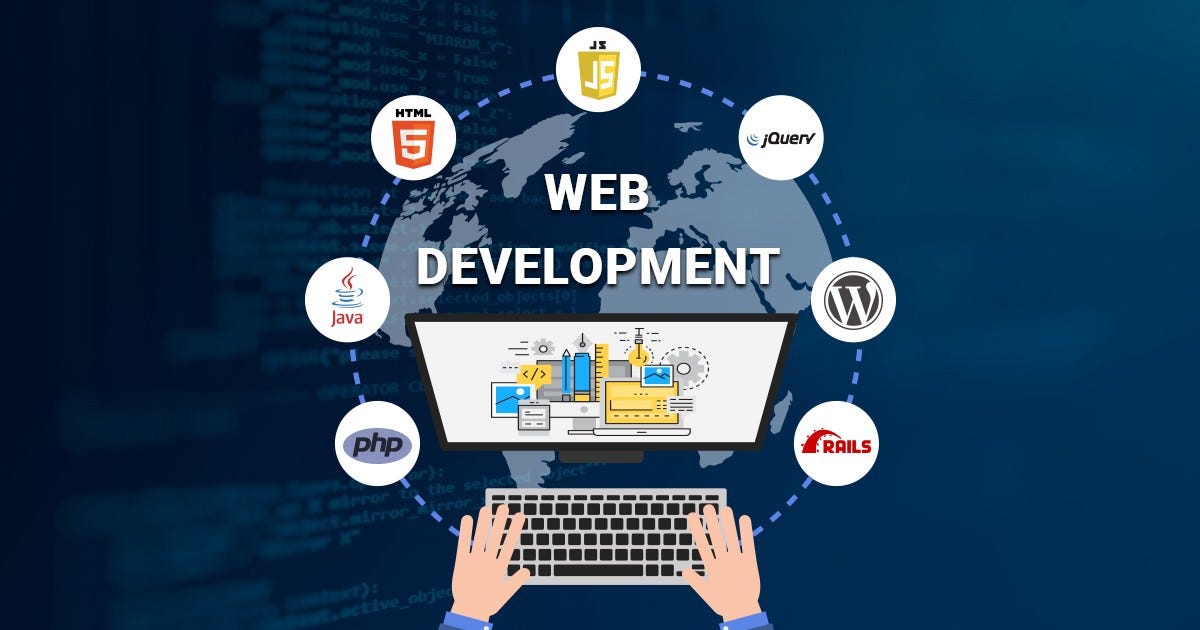Unveiling the Art and Science of Website Development
Unveiling the Art and Science of Website Development
Blog Article
Nowadays the online presence of a company is paramount to its success. A well-designed website serves as the virtual shopfront for your business, drawing and engaging potential customers. The development of websites has advanced significantly over the years, adapting to new technologies and shifting consumer expectations. From static sites to interactive and dynamic platforms Web development continues to expand and offer endless opportunities for businesses and individuals alike.
The foundation for a successful website lies in meticulous plan and strategy. Before beginning the design and coding phase it is essential to define the goals, user base, as well as the most important features of the website. Conducting market research and competitor analyses can give valuable insight into trends in the industry and consumer expectations. This first phase establishes guidelines for the complete design process and ensures that every subsequent decision aligns to the overall objectives of the initiative.
The user experience (UX) is a pivotal aspect of website development that directly affects the satisfaction of visitors and interaction. UX design involves creating useful interfaces and enhancing usability to make sure that users are able to quickly achieve their objectives. It includes everything from responsive design on mobile devices, to easy menus for navigation and clearly labelled demands for action. With a focus on user-friendly design web developers can increase the user experience, decrease bounce rate, and drive conversions.
As technology advances, so do the tools and frameworks accessible to web designers. From HTML and CSS through JavaScript and PHP, there is a wide array of Frameworks and programming languages available to select from, each having its strengths and capabilities. Modern Website Development is often based on CMS for content management (CMS) such as WordPress, Drupal, or Joomla that streamline development processes and permit people who are not technical to manage their website content with ease. Also, the rising popularity of responsive web designs has forced designers to ensure that their sites are designed to be compatible with different devices, ranging from smartphones to desktop computers as well as tablets. To get more information please you can look here
The development of websites is influenced by advancements in technology as well as changing consumers' expectations. The rise of mobile devices have forced the use of adaptive design principles. This has led designers to focus on the ability to adapt and perform across different platforms. Additionally, the advent in artificial intelligence (AI) and machine learning has empowered developers to design personalized and even predictive experiences by utilizing data-driven insights to adapt content and suggestions to each user's needs.
Security is a crucial aspect of website development that cannot be overlooked. With cyber threats becoming increasingly sophisticated, the need to protect sensitive information and safeguarding the integrity of a website's operation is essential. This involves implementing robust security measures, such as firewalls, encryption, as well as regular security audits that detect and mitigate vulnerabilities. In addition, compliance with laws governing the protection of data such as GDPR or CCPA is necessary to preserve your trust with users as well as avoid legal penalties.